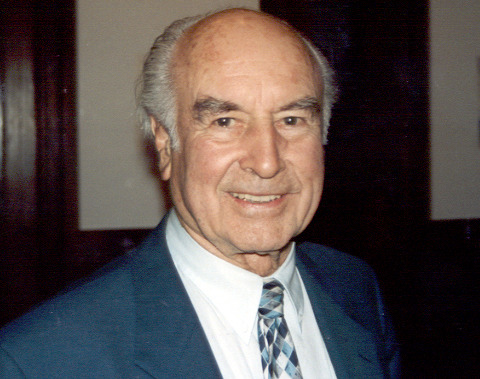Text
I Love You Lorenzo Romano Amedeo Carlo Avogadro, conte di Quaregna e Cerreto!!!
0 notes
Text
Honestly
I'm pretty sure Many Chemists Keep Studying Chemistry and Math Their Entire Career
0 notes
Text
The Mind Is A Beautiful Thing To Taste, The More You Feed It, The More It Tastes
0 notes
Text
The Mind Is A Beautiful Thing To Taste, The More You Feed It, The More It Takes
0 notes
Text
I Study Chemistry! It Keeps Me Inspired And It Keeps My Mind Flowing In An Intelligent Direction.
0 notes
Text
Albert Hofmann

Swiss chemist known for being the first to synthesize, ingest, and learn of the psychedelic effects of lysergic acid diethylamide(LSD). Hofmann's team also isolated, named and synthesized the principal psychedelic mushroomcompounds psilocybin and psilocin.
Of his decision to pursue a career as a chemist, Hofmann provided insight during a speech he delivered to the 1996 Worlds of Consciousness Conference in Heidelberg, Germany:
Discovery of LSD
In 1929 Hofmann became an employee of the pharmaceutical/chemical department of Sandoz Laboratories (now a subsidiary of Novartis) as a coworker of Arthur Stoll, founder and director of the pharmaceutical department. He began studying the medicinal plant Drimia maritima(squill) and the fungus ergot as part of a program to purify and synthesize active constituents for use as pharmaceuticals. His main contribution was to elucidate the chemical structure of the common nucleus of the Scilla glycosides (an active principle of Mediterranean squill). While researching lysergic acid derivatives, Hofmann first synthesized LSD on 16 November 1938. The main intention of the synthesis was to obtain a respiratory and circulatory stimulant (analeptic) with no effects on the uterus in analogy to nikethamide (which is also a diethylamide) by introducing this functional group to lysergic acid. It was set aside for five years, until 16 April 1943, when Hofmann reexamined it and discovered its powerful effects. He described what he felt as being:
Three days later, on 19 April 1943, Hofmann intentionally ingested 250 micrograms of LSD. This trip was not as pleasant, as he said those around him appeared to become demons, furniture shifted into wicked creatures and he himself felt demonically possessed. This day is now known as "Bicycle Day", because he began to feel the effects of the drug as he rode home on a bike. This was the first intentional LSD trip.
Hofmann's research with LSD influenced several psychiatrists, including Ronald A. Sandison, who developed its use in psychotherapy. Sandison's treatment at Powick Hospital in England received international acclaim.
Hofmann continued to take small doses of LSD throughout his life, and always hoped to find a use for it. In his memoir, he emphasized it as a "sacred drug": "I see the true importance of LSD in the possibility of providing material aid to meditation aimed at the mystical experience of a deeper, comprehensive reality."
Further research
Hofmann later discovered 4-Acetoxy-DET, a hallucinogenic tryptamine. He first synthesized 4-AcO-DET in 1958 in the Sandoz lab. Hofmann became director of Sandoz's natural products department and continued studying hallucinogenic substances found in Mexican mushrooms and other plants used by aboriginal people there. This led to the isolation and synthesis of psilocybin, the active agent of many "magic mushrooms". Hofmann also became interested in the seeds of the Mexican morning glory species Turbina corymbosa, called ololiuquiby natives. He was surprised to find the active compound of ololiuqui, ergine (LSA, lysergic acid amide), to be closely related to LSD.
In 1962, Hofmann and his wife Anita Hofmann traveled to Mexico to search for the psychoactive plant "Ska Maria Pastora" (Leaves of Mary the Shepherdess), later known as Salvia divinorum. He was able to obtain samples of it, but never succeeded in identifying its active compound, which has since been identified as salvinorin A. In 1963, Hofmann attended the annual convention of the World Academy of Arts and Sciences(WAAS) in Stockholm.
3 notes
·
View notes
Text
Arthur Stoll

Together with Sandoz employees, he developed a range of methods for producing drugs. Thus, he developed the first isolation of ergot alkaloids (as ergotamine and ergobasine) and cardiac glycosides, which are used as a medicine for heart diseases and migraines. A continuous process for the production of soluble calcium salts was developed. He worked with Albert Hofmann.
0 notes

